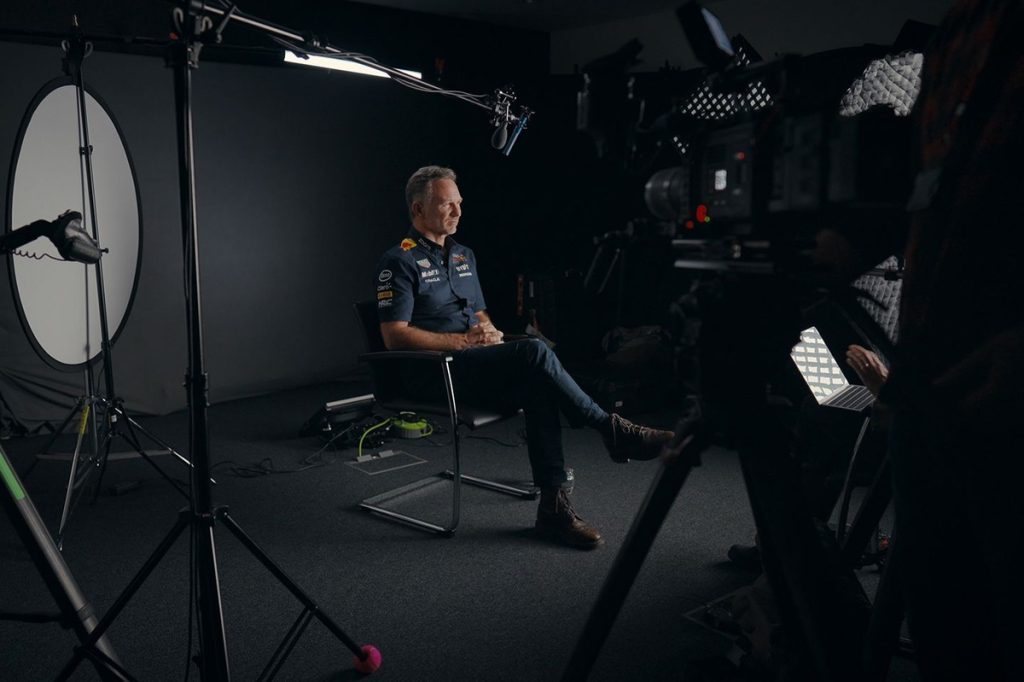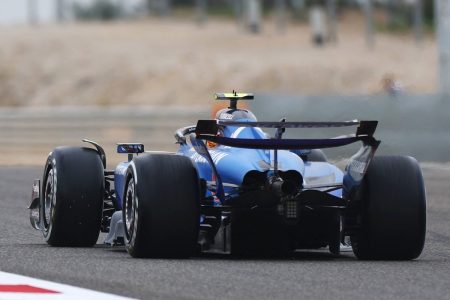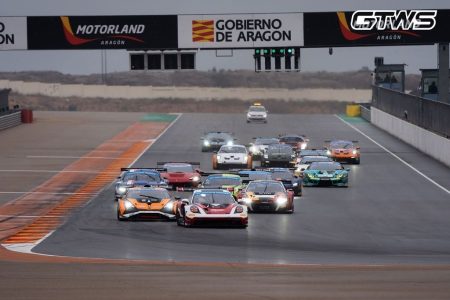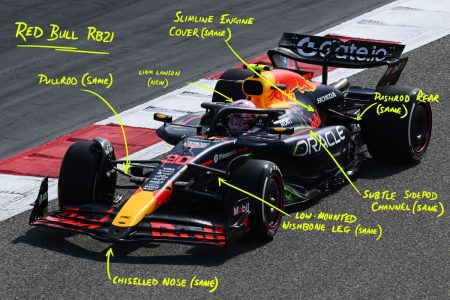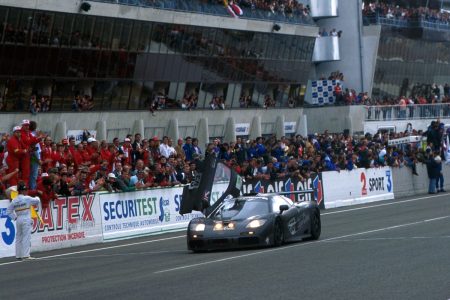The Evolution of Formula 1’s Netflix Documentary
There’s an underlying feeling that grows stronger as you make your way through the episodes of Netflix’s seventh Formula 1 quasi-documentary: the characters know each other a lot better now. The show has shifted away from over-explaining the basics, and the main characters introduce themselves to the camera far less often. This sense of familiarity is evident in the way the storylines are tied more closely to the action on the track. However, it also feels like everyone in the paddock is now fully aware that Netflix is always there. The caution is palpable, with fewer private moments caught on camera. Christian Horner gets caught calling Zak Brown a "prick," but he’s not shy about saying similar things in on-camera interviews. Gunther Steiner’s absence is particularly felt, as his candid phone calls with Gene Haas added a layer of authenticity that is missing this season. Despite this, Drive to Survive retains much of what made it so watchable: off-track stories, solid interviews, and plenty of behind-the-scenes access.
The Lavish Lifestyle and Toned-Down Drama
Season 7 of Drive to Survive is still the show you know and love. Netflix doesn’t hold back on the flashy visuals, with no shortage of yachts, luxury villas, and exclusive restaurants. F1’s dolce vita is on full display, making you envious of Alessandro Alunni Bravi’s lifestyle. However, there’s a noticeable shift in the approach to crashes. While the biggest shunts from last year are included, the days of over-dramatizing them seem to be behind us. The Sergio Perez and Carlos Sainz crash in Baku, which might have been treated as an apocalyptic event in earlier seasons, is presented more matter-of-factly. Even Williams’ strategy of hoping that crashing a lot would get their sponsors more screen time didn’t pay off. The production remains loud and over the top, but in a more refined way.
The Key Stories of the 2024 F1 Season
Netflix gets right to the point, covering the major stories of the 2024 F1 season. Lewis Hamilton’s move to Ferrari and the Horner affair are two of the biggest, but the show mostly watches from the sidelines rather than providing deep insights. Hamilton’s transition is told through press headlines and a heartfelt interview with Toto Wolff, but it doesn’t reveal anything new to those who follow F1 closely. Similarly, the Horner affair is given a brief summary in the first episode, with Geri Horner portrayed as consistently supportive. Her frequent appearances and constant smiles almost make it seem like Netflix is trying to downplay any drama in Horner’s personal life. Some key stories, like Oliver Bearman’s impressive debut in Saudi Arabia, are entirely ignored. Bearman only appears when he substitutes for Kevin Magnussen in Brazil, and his standout performances in Jeddah and Baku are missing.
Behind-the-Scenes Access and Character Development
While there’s nothing that makes you go "Wow, this is something," the absence of Gunther Steiner is noticeable. There’s nothing like his vineyard road trips with Mattia Binotto. However, there are a couple of storylines that Netflix explores in more depth. One is Carlos Sainz’s move to Williams, with insights into James Vowles’ phone calls with Sainz’s manager and the signing of the contract. Another is Red Bull’s private testing, featuring Liam Lawson’s audition and Max Verstappen’s benchmarking. Lando Norris stands out as one of the season’s highlights, talking candidly about his personal growth and admitting his weaknesses. Liam Lawson’s raw hunger to land an F1 seat and Daniel Ricciardo’s outspoken nature add to the compelling narratives. However, some storylines, like Perez’s fight for his survival in F1, are underexplored due to his strained relationship with Netflix.
The Art of Storytelling and Overdramatization
Drive to Survive is known for its dramatic storytelling, and Season 7 is no exception. Norris’ first F1 victory in Miami is framed as the result of his personal growth, with the show ignoring McLaren’s massive car upgrade. The narrative suggests that Norris finally had a winning car, but it glosses over his initial struggles to unlock its potential. When the win happens, Netflix turns up the drama, even though Norris won comfortably. The show also includes awkward moments, like Susie Wolff asking Toto Wolff about Hamilton’s replacement and Carmen Montero Mundt asking George Russell if he’s "ready for tomorrow" before the Singapore race, while they sit in a swimming pool. These moments, while meant to be intimate, often feel forced and banal.
The Best and Worst Episodes
Despite the usual exaggerations, the episodes focusing on the Norris vs. Verstappen rivalry and the intra-team strife at McLaren are standout highlights. Norris provides enough drama to keep things interesting, and Verstappen’s contributions, albeit brief, are decent. The McLaren team orders situation, where Norris admits to a friend that he initially wasn’t going to let Oscar Piastri through in Hungary, adds an extra layer of intrigue. Netflix also experiments with a new format, giving drivers like Norris, Russell, Charles Leclerc, Pierre Gasly, and Alex Albon smartphones to record personal video diaries during the Singapore Grand Prix. This offers a fresh behind-the-scenes perspective. However, the episode dedicated to Leclerc is arguably the most melodramatic, almost like a standalone movie. The episode about the Alpine vs. Haas battle for sixth in the constructors’ championship is another misstep, framing Esteban Ocon as unmotivated before his impressive second-place finish in Sao Paulo.
Conclusion: Worth Watching?
Season 7 of Drive to Survive is a well-made show, visually pleasing, and not over the top with special effects. It does a solid job of showing F1 people outside the paddock, with glimpses into their personal lives and behind-the-scenes moments. There’s plenty of banter and humor, including a fair amount of profanity. The F-word is one of the most used in the series, and if the FIA ever decides to penalize drivers for profanity in Drive to Survive, half the grid might be banned before the Australian GP. While the show might not satisfy hardcore F1 fans, who might find certain scenes and dialogue frustrating, it remains perfectly watchable and serves as a fun way to pass the time while waiting for the new F1 season to start.

